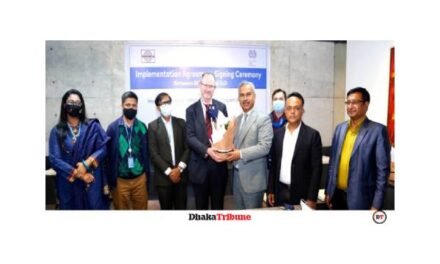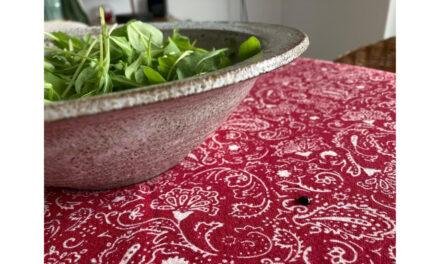Polartec has launched a new fabric technology that is engineered to reduce fibre shedding by encasing the insulating lofted fibres within the knitting process. Polartec Power Air has been designed to encapsulate lofted fibres within a multilayer, continuous yarn fabric construction, a new platform that offers advanced thermal efficiency that is proven to shed five times less than other premium ‘mid-layer’ weight fabrics.
Insulation that effectively regulates core body temperature has traditionally been achieved via lofted or high-pile knit structures that hold warm air. Although Polartec says it is a leader in making resilient materials, it has recognized that any exposed fibre is susceptible to shedding as a function of normal wear. The Polartec Power Air construction process mitigates this by encasing the insulating lofted fibres within the knitting process.
“By using the efficiency of encapsulated air to shelter lofted fibres, Polartec Power Air will drastically improve how fabrics perform over their lifetime with respect to versatility, comfort, and sustainability,” said Gary Smith, Polartec CEO. “We’re only beginning to realize the potential for this new type of fabric construction.”
While creating a more environmentally sound construction was the initial inspiration for Power Air, the innovation also enables greater design versatility, with distinctive visual signatures. The initial release features an internal grid structure on one side not unlike ‘fabric bubble wrap’ which simultaneously holds air and increases breathability, while the other side features a smooth, durable outer surface that resists pilling and minimizes drag. As the first fabric construction to encase air with a continuous yarn, Polartec Power Air is said to be a foundational technology platform that will eventually provide shedding reduction to all existing apparel categories (including insulation, lightweight next to skin, and extreme weather protection).
“Polartec has never shied away from solving tough, intractable problems,” added Mike Rose, Polartec VP of Product Development. “Power Air has the potential to be our most significant development since pioneering the process to knit fabrics made of post-consumer plastic bottles.”
Power Air is the culmination of a multi-year development consisting of thousands of work hours and dozens of iterations, and is the latest product of Polartec Ecoengineering. Eco-engineering is the process by which Polartec deploys recycled inputs, advanced production techniques, highly efficient logistics, and rigorous testing and certifications to create an unrivaled innovation pipeline devoted to producing sustainable fabrics with elite performance characteristics.
Throughout its history of innovation, Polartec says it has built many unique, robust and repeatable testing protocols that emulate a lifetime of use and abuse from serious athletes and professionals. In the case of Polartec Power Air, a whole new testing protocol had to be invented to measure shedding due to home laundering. The protocol simulates dozens of launderings in a single cycle to accurately capture any microfibers lost in a lifetime of use. The test then accurately determines the percentage of weight loss due to shedding.
Pioneers of eco-engineering sustainable fabrics, Polartec invented the process of knitting technical fleece from postconsumer plastic bottles in 1993, upcycling well over one billion bottles to date. Earlier this year, Polartec introduced its 100 per cent recycled Power Fill insulation that further reduces environmental impact by eliminating the need for wasteful and nonrecycled carrying agents used in other insulation options. Initially for apparel, Polartec Power Air technology was publicly unveiled by Polartec CEO Gary Smith at Performance Days in Munich Germany. The Polartec Power Air Hoody is now available from Adidas, with more brands including Houdini and Mammut set to release their own offerings in the coming months.






















